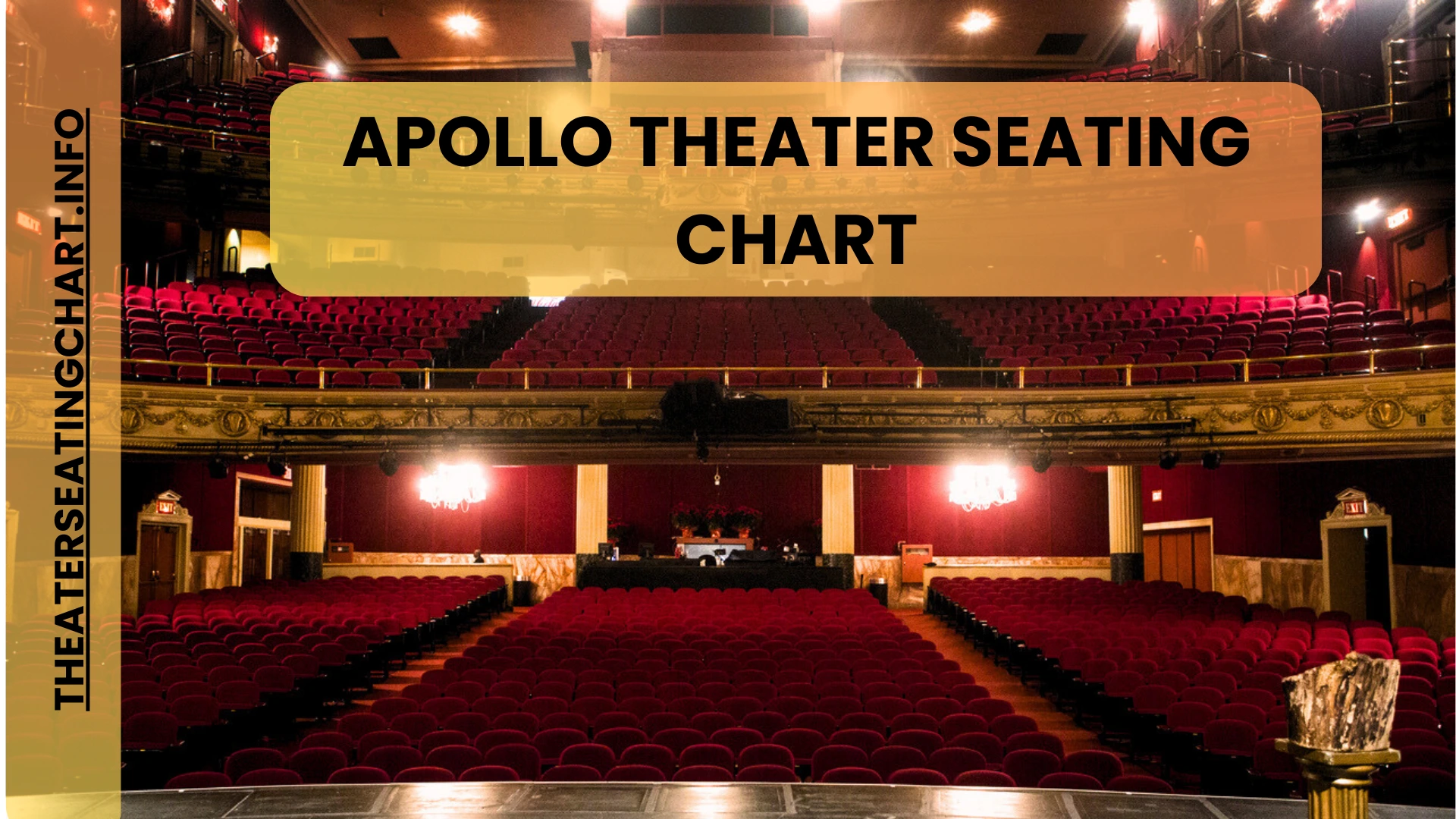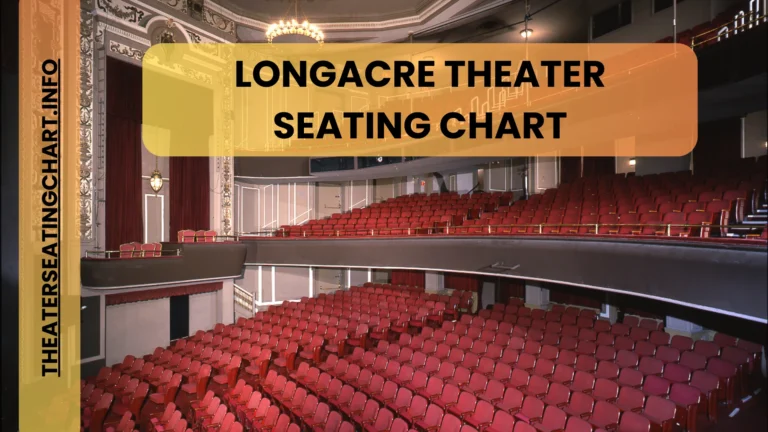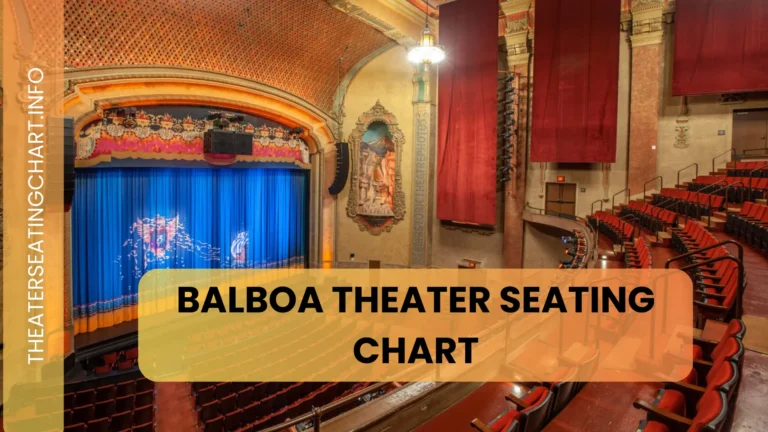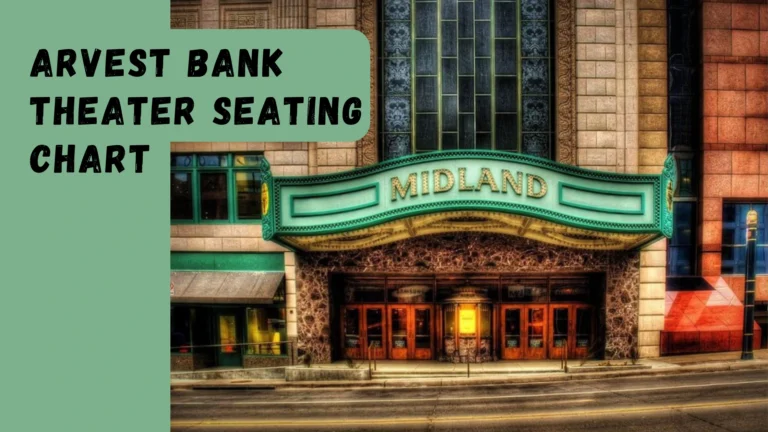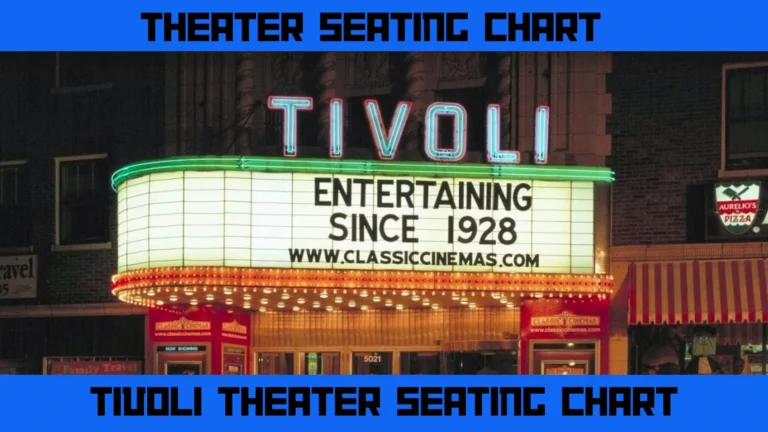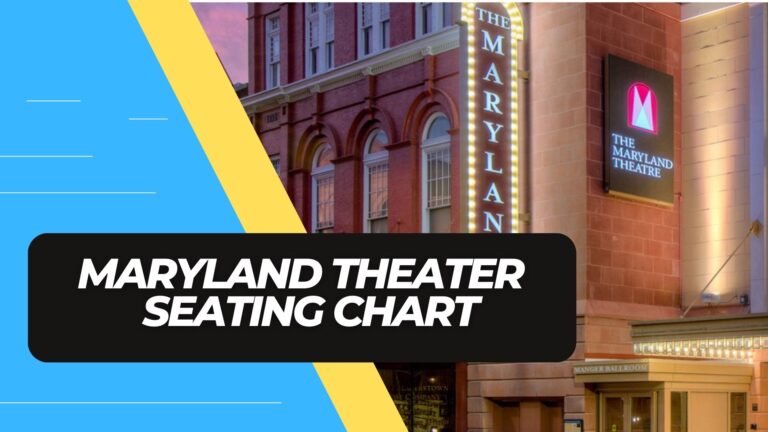If you’re planning to attend a concert or show at the legendary Apollo Theater, it’s important get the info about Apollo Theater Seating Chart.
The Apollo Theater is one of the most iconic venues in the world, having hosted some of the most memorable performances by some of the most legendary performers. In this article, we’ll guide you through the Apollo Theater seating chart, helping you find the best seats for your budget and preferences.
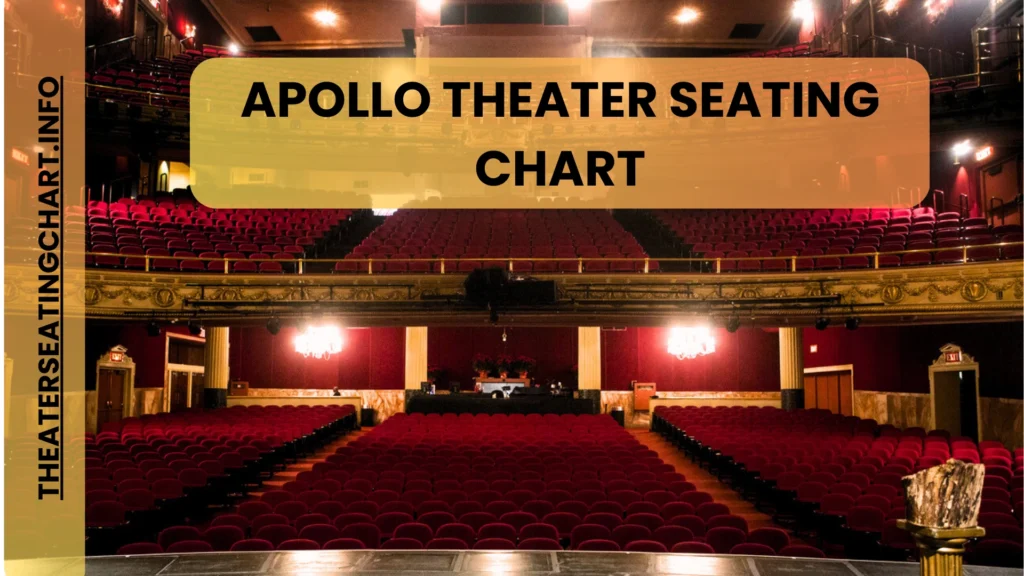
the Apollo Theater
Before we dive into the seating chart, let’s briefly discuss the history and significance of the Apollo Theater. The Apollo Theater is a world-famous music hall located in Harlem, New York City. It was originally opened in 1914 as a burlesque theater but was later transformed into a music hall, where it gained a reputation as one of the premier venues for African-American performers.
| Location | Address | City | State | Zip Code |
|---|---|---|---|---|
| Apollo Theater | 253 West 125th Street | New York | New York | 10027 |
Seating Chart Overview
The Apollo Theater has a capacity of 1,506 seats, divided into three main sections: the Orchestra, the Mezzanine, and the Balcony. Each section offers a unique viewing experience, and the price of tickets varies depending on where you choose to sit.
Orchestra
The Orchestra section is located on the ground level and is the closest to the stage. This section is divided into three subsections: Center Orchestra, Left Orchestra, and Right Orchestra. Center Orchestra is considered the best section, offering the most unobstructed view of the stage. However, it’s also the most expensive section. Left Orchestra and Right Orchestra offer a slightly angled view of the stage and are slightly less expensive than Center Orchestra.
Mezzanine
The Mezzanine section is located on the second level and offers a bird’s eye view of the stage. It’s divided into three subsections: Center Mezzanine, Left Mezzanine, and Right Mezzanine. Center Mezzanine is considered the best section in the Mezzanine, offering a clear and unobstructed view of the stage. Left Mezzanine and Right Mezzanine offer a slightly angled view of the stage and are slightly less expensive than Center Mezzanine.
Balcony
The Balcony section is located on the third level and offers a panoramic view of the stage. It’s divided into two subsections: Center Balcony and Side Balcony. Center Balcony offers the best view of the stage from the Balcony section and is the most expensive. Side Balcony offers a slightly angled view of the stage and is slightly less expensive than Center Balcony.
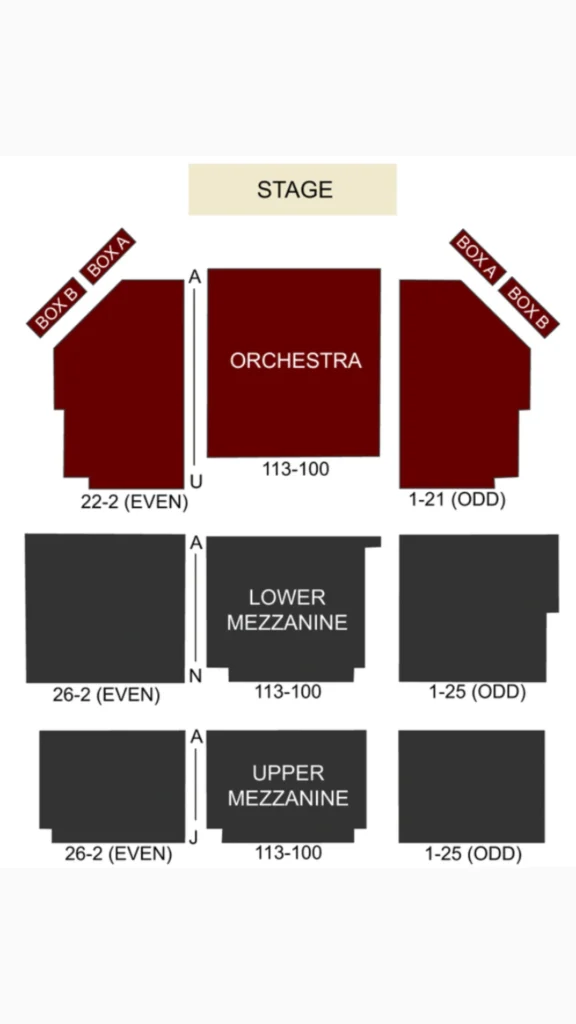
Read More About Granada Theater Seating Chart: How to Choose the Best Seats?
Tips for Choosing the Best Seats
Now that we’ve gone over the Apollo Theater seating chart, here are some tips to help you choose the best seats:
- If you want to be as close to the stage as possible, choose Center Orchestra or Center Mezzanine.
- If you’re on a budget, choose the Balcony section, as it offers the cheapest seats.
- If you want a panoramic view of the stage, choose Center Balcony.
- If you prefer a slightly angled view of the stage, choose Left Orchestra, Right Orchestra, Left Mezzanine, or Right Mezzanine.
Conclusion
The Apollo Theater is an iconic venue that has played host to some of the most legendary performances in music history. Understanding its seating chart can help you make the most of your concert or show experience. Whether you’re looking for the best seats in the house or trying to stick to a budget, the Apollo Theater seating chart has something for everyone.
FAQs
What is the capacity of the Apollo Theater?
The Apollo Theater has a capacity of 1,506 seats.
What are the main sections of the Apollo Theater?
The main sections of the Apollo Theater are Orchestra, Mezzanine, and Balcony.
Which section offers the closest view of the stage?
The Center Orchestra section offers the closest view of the stage.
Which section is the cheapest?
The Balcony section is the cheapest.
What is the history of the Apollo Theater?
The Apollo Theater was originally opened in 1914 as a burlesque theater but was later transformed into a music hall, where it gained a reputation as one of the premier venues for African-American performers.

